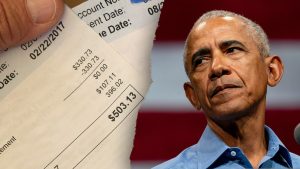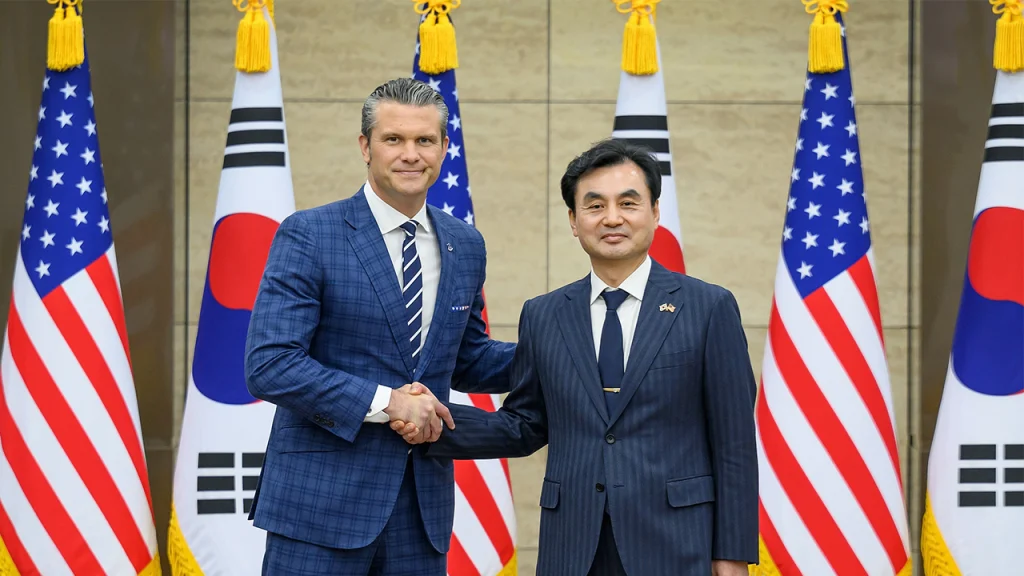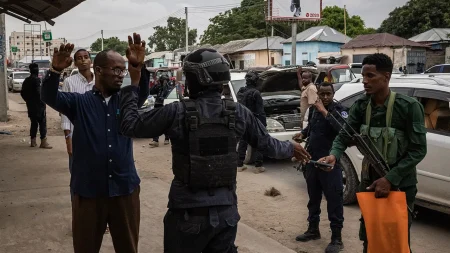US Pentagon Chief Endorses South Korea’s Military Expansion as Tensions Rise
In a notable development for US-Asian security relations, Pentagon chief Pete Hegseth expressed strong support for South Korea’s planned military spending increase during high-level security talks in Seoul this week. Speaking alongside South Korean Defense Minister Ahn Gyu-back, Hegseth described himself as “greatly encouraged” by Seoul’s commitment to strengthen its defense capabilities and take greater responsibility for conventional deterrence against North Korean threats. The talks come at a critical moment as both nations navigate a complex security environment in East Asia, with the United States increasingly concerned about balancing regional commitments while maintaining focus on strategic competition with China.
South Korean President Lee Jae Myung has proposed an ambitious 8.2% increase in defense spending for the coming year, emphasizing the need to modernize weapons systems and reduce dependence on American military support. This move aligns with Washington’s long-standing desire for South Korea to shoulder more responsibility for its conventional defense, potentially allowing US resources to be redirected toward addressing Chinese expansion in the Indo-Pacific. The proposed budget increase represents a significant step in South Korea’s evolution toward greater military self-sufficiency, though both sides reaffirmed the enduring importance of their alliance. Hegseth particularly highlighted cooperation on repairing and maintaining US warships in South Korea, noting how such collaboration leverages South Korea’s advanced shipbuilding capabilities while ensuring American naval assets “remain ready to respond to any crisis.”
Despite growing concerns about North Korea’s increasingly provocative behavior, including recent artillery tests conducted just before Hegseth’s arrival at the inter-Korean border, both defense officials projected confidence in their alliance’s strength. “We face, as we both acknowledge, a dangerous security environment, but our alliance is stronger than ever,” Hegseth declared, emphasizing that while the primary focus remains deterring North Korean aggression, the partnership must maintain “flexibility for regional contingencies.” This carefully worded statement hints at the delicate balancing act the United States is attempting—reassuring South Korea of its commitment while gradually preparing the alliance to address broader regional challenges, particularly those posed by China’s expanding influence.
The security talks touched on the sensitive issue of nuclear deterrence, a topic of increasing importance as North Korea continues to advance its nuclear weapons program. In recent years, discussions between Washington and Seoul have explored how to integrate American nuclear capabilities with South Korean conventional forces to create a more credible deterrent. Defense Minister Ahn took the opportunity to firmly deny speculation that South Korea might pursue its own nuclear weapons program or push for the redeployment of US tactical nuclear weapons that were withdrawn from the peninsula in the 1990s. Instead, the focus remains on strengthening conventional capabilities while relying on the US nuclear umbrella, an arrangement that allows South Korea to maintain its non-nuclear status while still benefiting from nuclear deterrence.
Hegseth’s visit included a symbolic tour of the Demilitarized Zone (DMZ) separating the two Koreas, underscoring the very real and persistent tension that defines the peninsula. The timing of North Korea’s artillery test—firing approximately 10 rounds toward its western waters just before Hegseth’s arrival at the border—appears deliberately provocative, consistent with Pyongyang’s pattern of using military demonstrations to signal displeasure with US-South Korean cooperation. This latest provocation serves as a stark reminder of the immediate security challenges facing the alliance, even as both countries work to evolve their partnership to address longer-term regional concerns.
The discussions in Seoul reflect a gradual but significant shift in the US-South Korea security relationship, moving from a primarily North Korea-focused alliance toward a more comprehensive partnership capable of addressing multiple regional threats. While both officials emphasized the continued importance of deterring North Korean aggression, Hegseth’s comments suggest the United States envisions a more versatile alliance role in the future. This evolution aligns with broader American efforts to strengthen its network of partnerships across the Indo-Pacific region as competition with China intensifies. For South Korea, increased defense spending and capabilities offer greater autonomy and influence, though the country remains deeply committed to its alliance with the United States as the cornerstone of its security strategy in an increasingly volatile neighborhood.















